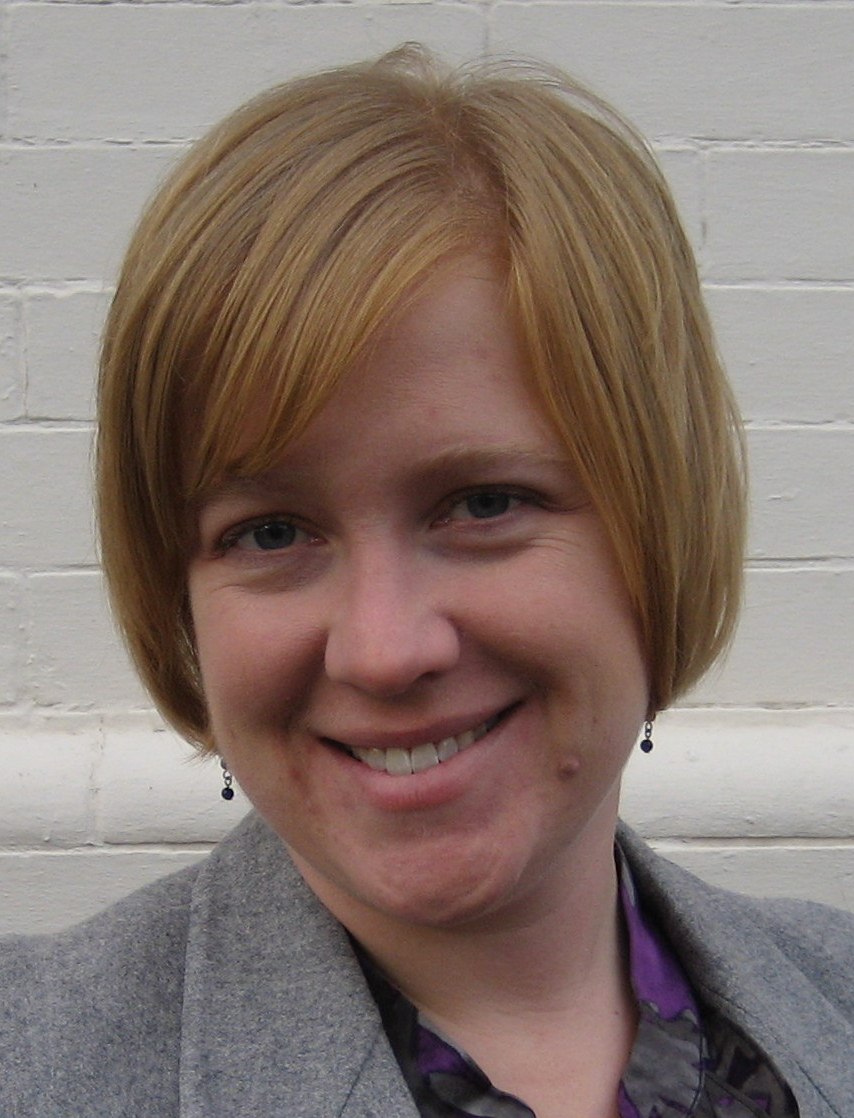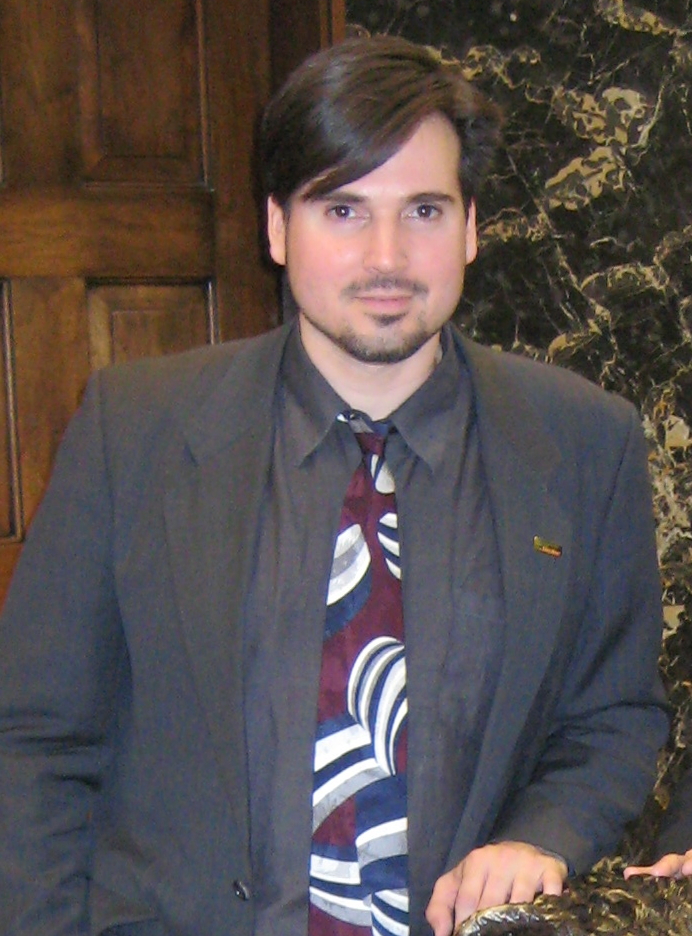The House Transportation & Infrastructure Committee has set its consideration of the transportation bill for Thursday, October 22. This is coming in just under the wire, as the current transportation law expires at the end of October. Congress will still have to do an extension of current law to allow the House to complete its work and then come to agreement with the Senate -- hopefully by mid-December. (Update 10/22/15: The committee completed consideration of the Surface Transportation Reauthorization and Reform Act today. An amendment offered by Reps.
Resource Library
This document provides a list of resources, steps and processes for creating healthy food and physical activity environments.
We have been advocating together for three years for a new transportation bill that supports Safe Routes to School, walking and bicycling. Now that Congress has passed the FAST Act and locked in funding for the Transportation Alternatives Program (or as it is now also known the STP Setaside), what should advocates be focusing on?
The purpose of the “Quick Guide” is to orient potential usersof health impact assessment (HIA) who are working to createhealthier living environments.
The City of Pryor Creek, Oklahoma recently became the first city in the state to approve a Complete Streets ordinance with the unanimous approval of Ordinance No. 2016-01.
When we talk about federal transportation dollars in this space, we most often focus on the Transportation Alternatives Program, since it has a strong focus on funding Safe Routes to School programs and bicycling and walking infrastructure.
In 1935, as part of the New Deal, President Franklin Delano Roosevelt’s administration moved 203 Midwestern families from their economically depressed farms to form the Matanuska Colony in what is now Palmer, Alaska. These agricultural families migrated from Minnesota, Wisconsin, and Michigan to the Matanuska-Susitna Valley, approximately 45 miles north of Anchorage, 24 years before Alaska became a state. With 40 acres allocated per family, these farming colonists cultivated the land into what is now the heart of Alaska’s agricultural production.
This blog post is authored by Safe Routes Partnership research advisor, Stephanie Tepperberg.
 Welcome to my new blog on federal policy!
Welcome to my new blog on federal policy!
 Like a number of my colleagues, I have the privilege of writing my first post as I prepare to travel on work-related business.
Like a number of my colleagues, I have the privilege of writing my first post as I prepare to travel on work-related business.
 Two very diverse states and a federal district. The Greater Washington region of the District of Columbia, Maryland and Virginia is certainly an interesting place to live for many reasons. But it is an even more interesting place to work, especially when working in the policy realm.
Two very diverse states and a federal district. The Greater Washington region of the District of Columbia, Maryland and Virginia is certainly an interesting place to live for many reasons. But it is an even more interesting place to work, especially when working in the policy realm.
 April 2-8 is National Public Health Week, a time to reflect on what we can be doing personally each day, and in our homes, communities, schools, states and across the nation to support public health and prevention.
April 2-8 is National Public Health Week, a time to reflect on what we can be doing personally each day, and in our homes, communities, schools, states and across the nation to support public health and prevention.
 Just this morning I was enjoying my favorite aspect of walking to school with my boys – the occasional grabbing of my hand by my 1st grader. I was soaking it up, I know these moments are fleeting as I watch my 3rd grader walking up ahead at his own pace, in his own thoughts.
Just this morning I was enjoying my favorite aspect of walking to school with my boys – the occasional grabbing of my hand by my 1st grader. I was soaking it up, I know these moments are fleeting as I watch my 3rd grader walking up ahead at his own pace, in his own thoughts.

 Sustaining a Safe Routes to School program is on everyone’s mind.
Sustaining a Safe Routes to School program is on everyone’s mind.

 In my last post, I shared some of my aspirations for the great state of Mississippi with regard to the advancement of Safe Routes to School initiatives around the state.
In my last post, I shared some of my aspirations for the great state of Mississippi with regard to the advancement of Safe Routes to School initiatives around the state.
Superheros Among Us: Last week I had the pleasure to attend a New Jersey Partnership for Healthy Kids strategic planning meeting where I got to meet many of New Jersey’s real life superheroes. If you were there, you know that as part of the introductions, we all got to declare what our super power would be if we had one. They were all noble.
Since 2017, the Safe Routes Partnership has worked with community-based organizations to make park access safe, convenient, and equitable for people walking and biking. However, making changes to a sidewalk or holding one community engagement meeting is not going to have as long-term of an effect if we don't zoom out to see the whole system that created unsafe routes or inequities in the first place. That is why in 2021, after assessing the national landscape of planning and funding opportunities at the state and regional levels, we built a cohort of state agencies along with state-based local leader networks to begin applying promising practices that engage grassroots and grass tops, then assessing how they work in the field. Below is a summary of our approach and high-level take-aways.

